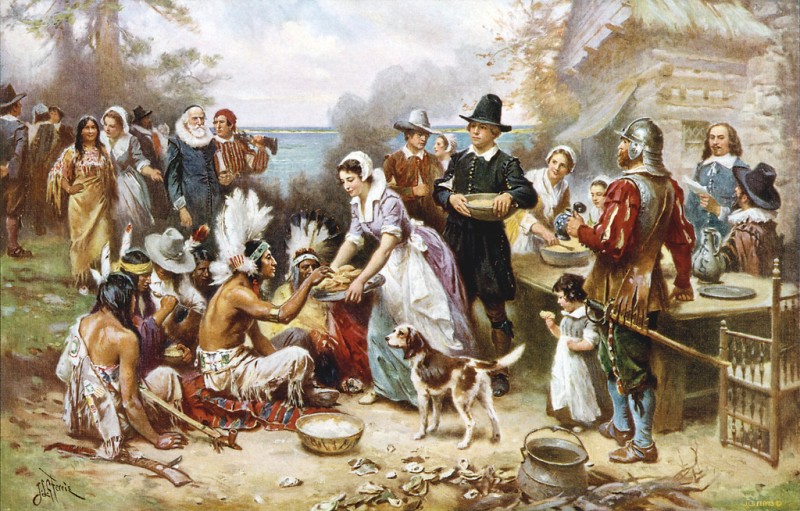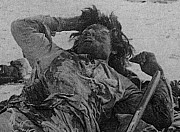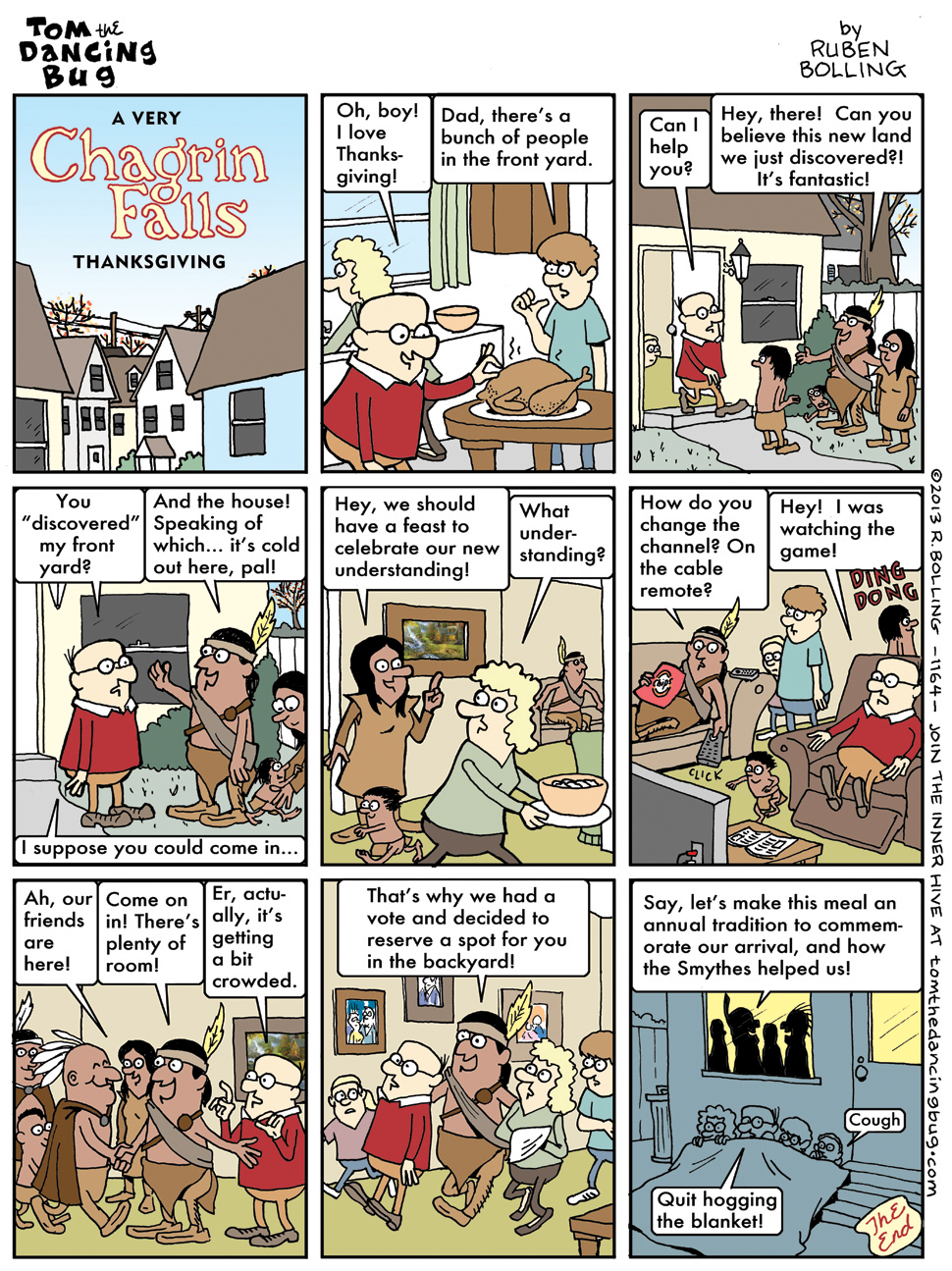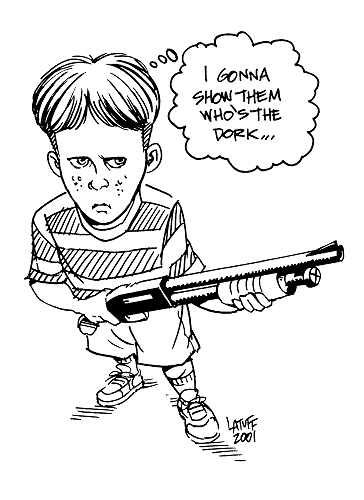A third item in our ad hoc trilogy of postings about Indians and alcohol:
Meeting about tribal land ends with slurA meeting between Ravalli County and tribal leaders over a plan to place a sacred site in a federal trust took a contentious turn when a county official repeated a slur derogatory toward American Indians.
Confederated Salish and Kootenai officials met with county commissioners Wednesday in Hamilton to explain the value of the sacred site known as the Medicine Tree, located in the southern part of the Bitterroot Valley, the Ravalli Republic (http://bit.ly/18WZkNN) reported.
Ravalli County commissioners oppose the tribes' plan to put 58 acres of tribally owned land into trust with the U.S. Bureau of Indian Affairs, saying the county would lose $808 in annual property taxes.
The meeting ended on a sour note when county planning board chairman Jan Wisniewski of Darby said he'd recently gone on a fact-finding trip around the state, during which he visited with law enforcement officials in Havre who complained about their jails being filled with "drunken Indians."Comment: So the Confederated Salish and Kootenai Tribes want to take a sacred site into trust--essentially making it part of their reservation. In response, a county planning board chairman goes on a fact-finding mission and sees "drunken Indians" in jail.
What the hell does one have to do with the other? Is he saying Indians are so drunk, so morally degenerate, that they don't deserve to get their sacred site? That they're too intoxicated to manage the site properly? That they'll sell it for "firewater" if they get half a chance? Or what, exactly?
This is a classic case of how Native stereotypes have real-world consequences. Wisniewski thinks Indians are drunks, which means they're
savage and
uncivilized, which somehow disqualifies them from owning or managing the property. There's absolutely no link here; every tribal member could be a drunk and it wouldn't affect their claim. But Wisniewski is willing to go public with his racist insinuation.
For every idiot like him, there must be 10 or 100 who feel the same way but are too smart to say so. "Why are we wasting time on drunken savages?" this thinking goes. "Let the bums sober up and get a job and then we'll consider their claim."
It's racism in action, and it stems from centuries of stereotyping. People believe Indians are savage and uncivilized so they ignore Indians' problems and needs. There's a direct connection and stories like this one prove it.
I'm amazed that some people, including some Indians, don't get this. Why do you think Wisniewski brought up a law enforcement issue at a land-into-trust meeting? He's trying to use America's prejudice against Indians to sink the deal.




























